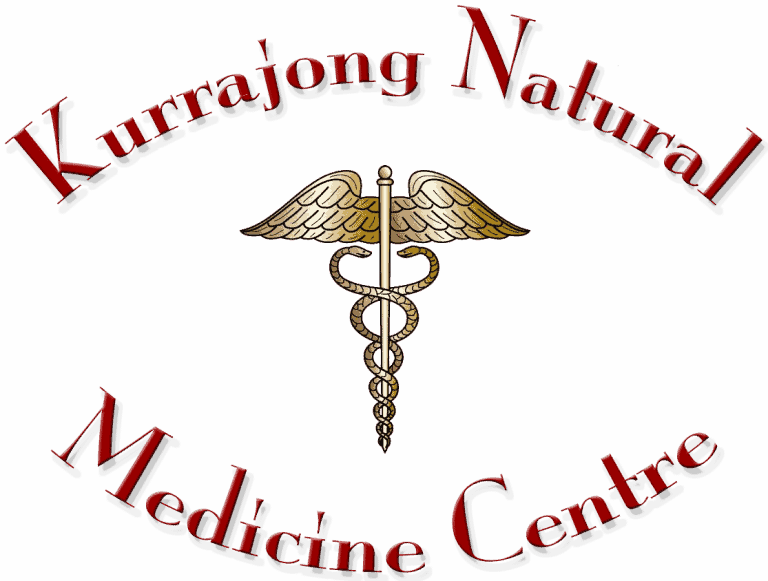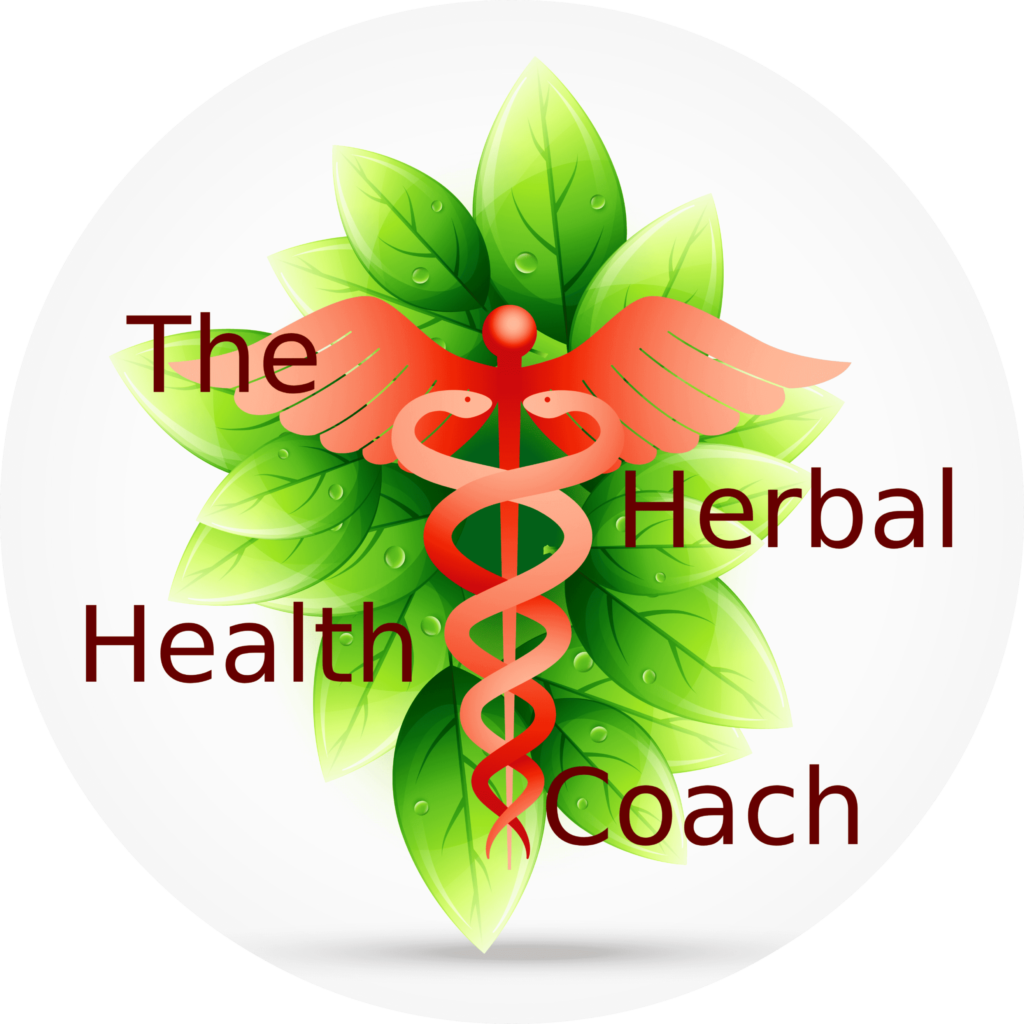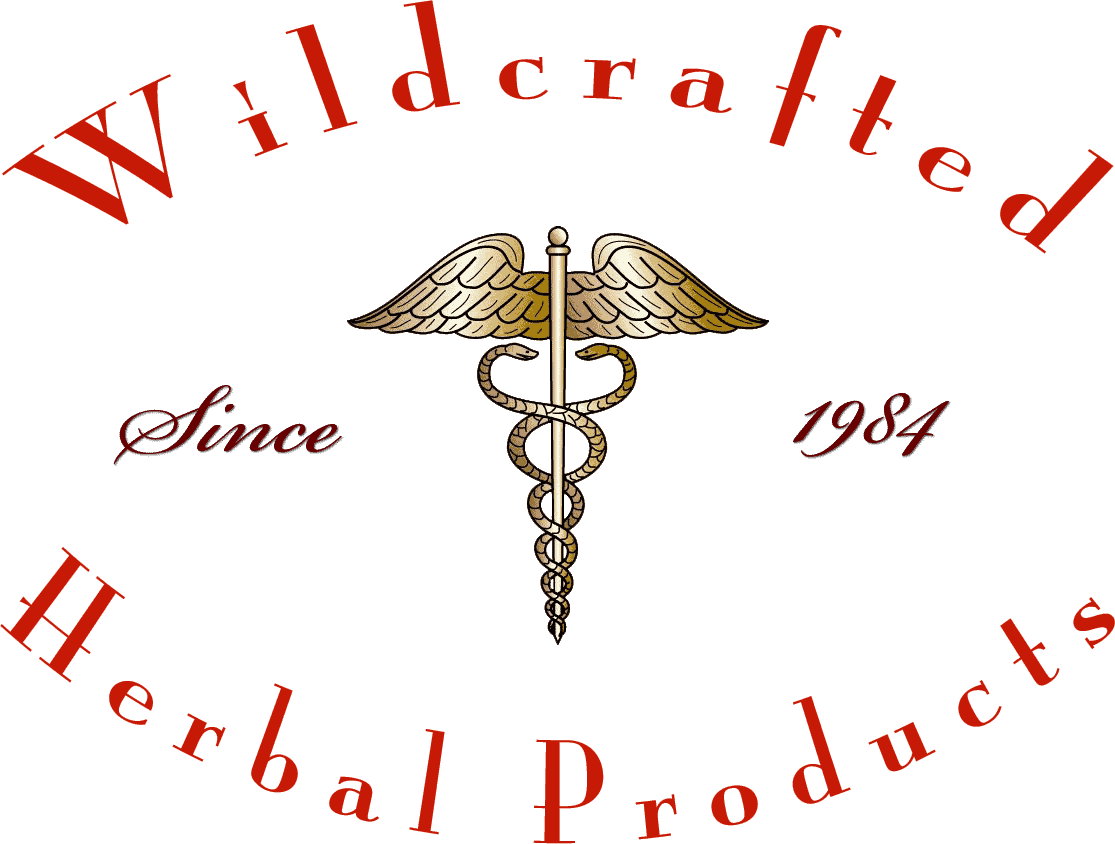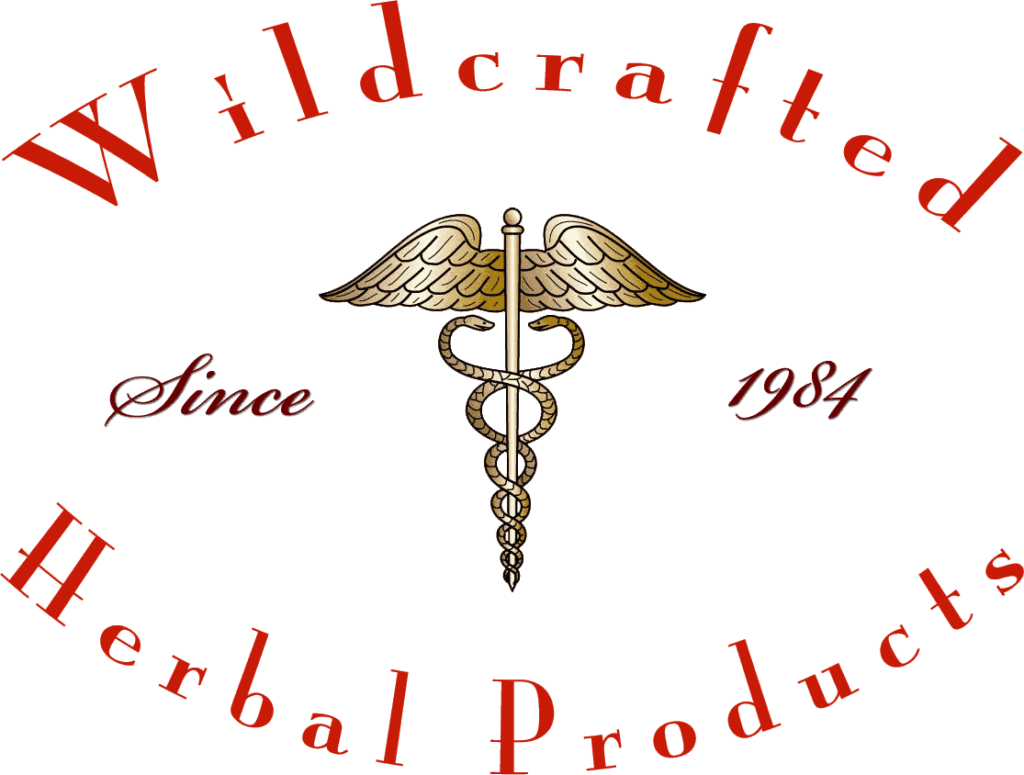The Health & Wellness Magazine - Spring '25 Issue
Content of The Health & Wellness Magazine - Spring 2025
What's On & News
We are going to have a break from the 21st September to the 1st October ’25
As of the 1st of October ’25 the price of consultations will rise from $125.- to $130.- which is the first price rise in 7 years.
Allergic Rhinitis (AR)
What is Allergic Rhinitis?
Definition of Allergic Rhinitis (AR)
Allergic rhinitis, more commonly referred to as hay fever, is an inflammation of the nasal passages caused by allergic reaction to airborne substances.
Description
Allergic rhinitis (AR) is the most common allergic condition and one of the most common of all minor afflictions. It affects nearly 1 in 4 of all people in Australia, and is responsible for 2.5% of all doctor visits.
The main clinical manifestations of AR are: sneezing, watery nasal discharge, nasal itching, and nasal congestion, may be associated with eye symptoms, including itchy eyes, tears, red eyes, and burning sensation. In about 40% of AR patients symptoms by be complicated with bronchial asthma, in addition to nasal symptoms, they may also have pulmonary symptoms such as wheezing, coughing, shortness of breath, and chest tightness.
There are two types of allergic rhinitis: seasonal and perennial. Seasonal AR (SAR) occurs in the spring, summer, and early fall, when airborne plant pollens are at their highest levels. In fact, the term hay fever is really a misnomer, since allergy to grass pollen is only one cause of symptoms for most people.
Perennial AR (PAR) occurs all year and is usually caused by home or workplace airborne pollutants, such as dust, house-dust mites’ faecal matter, fungal spores and animal dander. A person can be affected by one or both types. Symptoms of seasonal AR are worst after being outdoors, following exposure to pollen particles, while symptoms of perennial AR are worst after spending time indoors.
Both types of allergies can develop at any age, although onset in childhood through early adulthood is most common. Although allergy to a particular substance is not inherited, increased allergic sensitivity may “run in the family.” While allergies can improve on their own over time, they can also become worse over time.
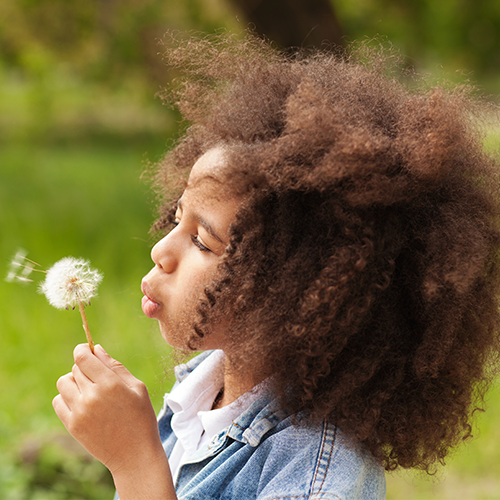
How Does Traditional Chinese Medicine (TCM) View Allergic Rhinitis
In traditional Chinese medicine (TCM), allergic rhinitis is known as nasal blockage and is due to an over-reactivity of the immune system to certain allergens. This is a result of an underlying deficiency of the Lung and Kidney’s Defensive-Qi systems (immune system) together with retention of chronic Wind in the nose.
With Seasonal Allergic Rhinitis (SAR) there is an acute stage which is due to wither Wind-Cold (allergen plus climatic Cold) or Wind-Heat (allergen plus climatic Heat) entering the nose and causing an allergic reaction. The chronic underlying condition is one of deficient Lung and Kidney Defensive-Qi and the Governing Vessel.
The Perennial or Seasonal Allergic Rhinitis (PAR) is also a manifestation of deficient Lung and Kidney Defensive-Qi and the Governing Vessel, but without a seasonal aspect to it.
Traditional Treatment Approach of Allergic Rhinitis in Traditional Chinese Medicine
In SAR – during an acute phase, which usually only occurs during the flowering season(s), the Wind-Heat or Wind-Cold invasion is treated. Once the acute phase is resolved, attention is given to strengthen the underlying weakness of the Lung and Kidney’s Defensive Qi and the Governing Vessel.
The treatment of SAR is specifically structured to address the particular aspect; that is, the acute phase or the chronic underlying aspect of SAR. With PAR however, both the acute and underlying aspect of the rhinitis is addressed simultaneously, because the symptoms are present the whole year round.
Both SAR and PAR are treated in Chinese medicine with acupuncture and/or Chinese herbal medicine. Both can be used individually or in combination with each other. At Kurrajong Natural Medicine Centre we generally combine Acupuncture with Chinese herbal formulas for best results.
What You Can Do To Help Your Allergic Rhinitis
Reducing exposure to pollen may improve symptoms of SAR.
Strategies include the following:
- stay indoors with windows closed during the morning hours, when pollen levels are highest
- keep car windows up while driving
- use a surgical face mask when outside
- avoid uncut fields
- learn which trees are producing pollen in which seasons, and avoid forests at the height of pollen season
- wash clothes and hair after being outside
- clean air conditioner filters in the home regularly
- use electrostatic filters for central air conditioning
Moving to a region with lower pollen levels is rarely effective, since new allergies often develop
Preventing PAR requires identification of the responsible allergens.
Mold spores:
- keep the house dry through ventilation and use of dehumidifiers
- use a disinfectant such as dilute bleach to clean surfaces such as bathroom floors and walls
- have ducts cleaned and disinfected
- clean and disinfect air conditioners and coolers
- throw out mouldy or mildewed books, shoes, pillows, or furniture
House dust:
- vacuum frequently, and change the bag regularly. Use a bag with small pores to catch extra-fine particles
- clean floors and walls with a damp mop
- install electrostatic filters in heating and cooling ducts, and change all filters regularly
Animal dander:
- avoid contact if possible
- wash hands after contact
- vacuum frequently
- keep pets out of the bedroom, and off furniture, rugs, and other dander-catching surfaces
- have your pets bathed and groomed frequently
References:
Bao, H., Si, D., Gao, L., Sun, H., Shi, Q., Yan, Y., Damchaaperenlei, D., Li, C., Yu, M., & Li, Y. (2018). Acupuncture for the treatment of allergic rhinitis: A systematic review protocol. Medicine, 97(51), e13772. https://doi.org/10.1097/MD.0000000000013772
Marciocia, G. (1994) The Practice of Chinese Medicine: The Treatment of Disease with Acupuncture and Chinese Herbs, Edinburgh: Elsevier Churchill Livingstone.
Taw, M. B., Reddy, W. D., Omole, F. S., & Seidman, M. D. (2015). Acupuncture and allergic rhinitis. Current opinion in otolaryngology & head and neck surgery, 23(3), 216–220. https://doi.org/10.1097/MOO.0000000000000161
The Free Medical Dictionary https://medical-dictionary.thefreedictionary.com/allergic+rhinitis last visited: 30/06/2021
Your Skin - are you creating an asset or a liability?
by Danny & Susan Siegenthaler
Your skin can be one of your greatest assets or become an expensive liability. It’s all in the way you treat it.
We hear a lot these days about skin care, skin care for men, anti-aging skin care, anti-wrinkle cream, and so on. But what is skin care really?
Skin-care consists of Skin and Care – obvious really, but let’s look at exactly what that term means. Anything that is taken good care of will look, last and function better for longer and retain its value.
Maybe we should think about skin care in terms of ‘Skin maintenance’, because there are several factors, which constitute good skin care. Consider that your skin is involved in both absorption as well as elimination of chemicals; does it not stand to reason that the healthier your skin is, the better it will be able to fulfil these functions?
Most people think of skin care as keeping your skin clean and if it gets dry, use a moisturiser and that’s that. Well, it’s a start, but far from constituting skin care or maintenance of skin function.
Information on exfoliation, cleansing, toning and moisturising is readily available, and both men and women of all ages should follow these basic skin care concepts. However, as we become older, the type of maintenance needs to change and the skin care regime that is relevant in your 20’s changes as we move through our 30’s, 40’s and beyond.
Your skin is a valuable asset. Treat it well, and you will reap the rewards, treat it badly and it could ultimately kill you!
Skin cancer is a growing concern in the health industry. As the Ozone layer is under ever increasing pressure and indeed thinning over some parts of the World, UV radiation is reaching the Earth’s surface in greater concentration and this is not only having a detrimental effect on our climate and ecosystems, but also affects each and every one of us directly.
UV rays have been shown to cause skin cancer. Getting sunburn is now accepted as a leading cause for skin cancer and guarding against it is not quite as simple as staying out of the sun.
Maintaining a good skin care regime is now more important than ever, and consists of several important parts:
1. Eating a well balanced, healthy diet which consists of fresh fruits, vegetables, fish, grains and if you choose good quality meat, is paramount to supplying your skin with the nutrition it needs to function at its optimal level.
2. Water – you cannot under estimate the body’s need for being well hydrated. Medial research shows that your body requires at least 2-3 litres of water per day to maintain its functions.
Dehydration is not as obvious as one might think and can be chronic with few or no symptoms. If you are physically active, you will need to drink even more that 3 litres per day.
3. Exercise – Now you do not have to be a ‘Gym-Junky’, but being unfit will have consequences that you will ultimately not appreciate; go for a walk 3-4 times a week; use the stairs not the elevator; park the car further away from the office or the shops; join a walking club; ride a bike; play tennis, golf or another sport that gets your body moving – you don’t have to be an Olympic champion you know, but get moving and have fun.
Finally, there is one more important consideration in the maintenance of your skin – should you use natural skin care products or will any products do?
The answer is NATURAL, naturally. Think about it from this point of view: When you buy food, do you look for ‘no artificial colouring’, ‘no artificial flavours’, ‘contains not GMO’s (genetically modified organisms), etc., or don’t you care?
What about your drinks, do you not look for 100% natural, low in salt, no artificial this or that, no added sugar, etc. Of course you do. Well, your skin does absorb nutrients whether they are natural or not; it will absorb these chemicals into the tissue and it will then be able to use them, or not. Natural substances are much more easily assimilated in your body and are also more easily eliminated, once they’ve performed their functions.
As scientific research is becoming more sophisticated we are discovering more and more information on how our body works, how foods interact in our systems and how some foods contain substances which are not able to be made synthetically – well, the same of course stands true for plants. Phyto-estrogens are just one example of naturally occurring substances essential to the wellbeing of our bodies. Similarly, herbal extracts, essential oils, fruit extracts and so on, all contain naturally occurring chemicals, which science is not able to make synthetically due to their complexity.
This means, that the synthetic version of a plant extract (often in concentrated forms) is not the same as the natural version and can in fact have different and even side effects on your body. An old, but good example is Aspirin. We are all aware by now, that Aspirin can cause stomach irritation and even lead to stomach ulcers.
The active ingredient in Aspirin is salicylic acid. It naturally occurs in the bark of the White Willow tree. The big difference between taking Aspirin as opposed to the herbal extract of the White Willow bark, is that in the herbal extract there are many more substances contained which have secondary effects – one substance for example is a mucilaginous substance, which has the function of protecting your stomach lining! Guess what, there is nothing in Aspirin (from the chemist) that acts to protect your stomach – That’s the difference between using natural versus artificially manufactured substances.
So, the choice is yours, natural or not, it’s your asset and it is up to you to choose whether you will invest in your asset or withdraw from it.
Lavender - A Magical Herb
Lavender (Lavandula angustifolia Mill., Lamiaceae) is one of the most widely recognized medicinal and aromatic plants, valued for its fragrance, culinary uses, and therapeutic applications. Native to the Mediterranean basin, lavender has been cultivated for centuries across Europe and later globally, both as an ornamental and a medicinal species. Its essential oil and dried flowers have been traditionally employed in Greco-Roman, Arabic, and European folk medicine to alleviate anxiety, promote sleep, relieve digestive complaints, and aid in wound healing.
Modern phytotherapy has increasingly validated many of these traditional uses through pharmacological and clinical research. The essential oil of lavender contains a complex mixture of volatile compounds, with linalool and linalyl acetate considered the principal bioactive constituents.
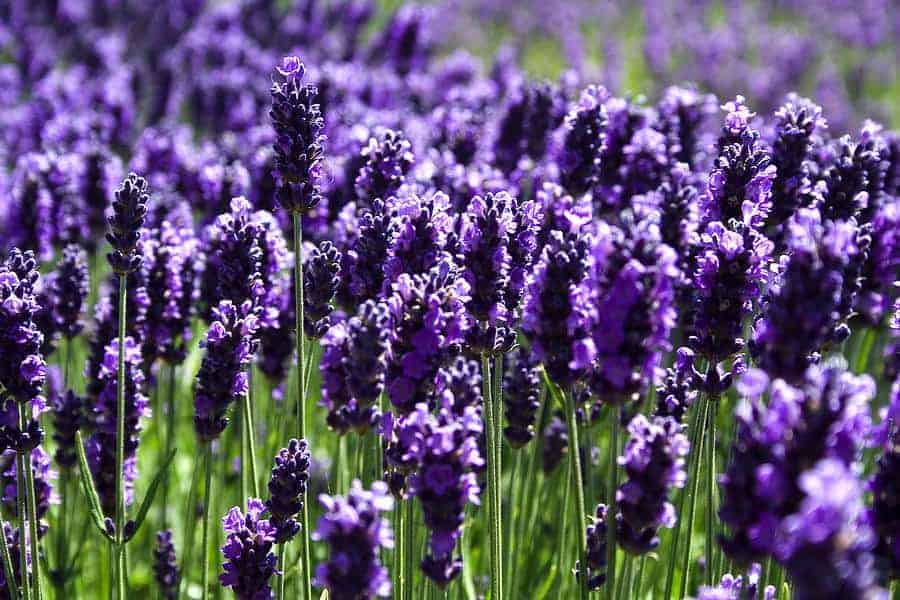
Clinical trials, particularly those using standardized oral preparations such as Silexan, have provided evidence for the efficacy of lavender in the treatment of generalized anxiety disorder, subthreshold anxiety, and sleep disturbances, with tolerability comparable to conventional anxiolytics. In addition, lavender aromatherapy and topical applications have been investigated for pain relief, migraine management, and wound healing, although the strength of evidence varies.
This article reviews the applications of lavender in herbal medicine and aromatherapy. It aims to provide a comprehensive synthesis of traditional knowledge and contemporary scientific evidence to support its role in integrative medicine.
Nervous System and Mental Health
• Anxiety & Stress Reduction:
◦ Lavender oil (oral and inhaled) has demonstrated anxiolytic effects. Standardized oral lavender oil preparations (such as Silexan) are used clinically in Europe for generalised anxiety disorder (GAD).
◦ Inhalation of lavender aroma has been shown in clinical studies to reduce preoperative anxiety, exam stress, and agitation in hospital settings.
• Insomnia & Sleep Disorders:
◦ Aromatherapy with lavender has shown benefits in improving sleep quality, reducing sleep latency, and increasing deep sleep.
◦ Both inhalation (diffusion, pillow sprays) and topical application (massage oils) are commonly used in integrative sleep medicine.
• Depression & Mood Disorders:
◦ Lavender oil has mild antidepressant effects, often attributed to modulation of serotonin and GABA neurotransmission.
◦ It is sometimes used adjunctively for mild to moderate depressive symptoms.
Pain Management
• Headaches & Migraines:
◦ Inhalation of lavender essential oil has been reported to reduce headache severity and frequency.
◦ Topical lavender preparations may also help in tension-type headaches when applied to temples.
• Postoperative & Procedural Pain:
◦ Clinical trials suggest lavender aromatherapy may lower perception of pain and anxiety after surgery or during procedures (e.g., dental treatments, labor).
• Musculoskeletal Pain:
◦ Topical lavender oil is used in massage therapy to reduce muscle tension, joint pain, and lower back pain.
Neurological Disorders
• Cognitive Function:
◦ Some evidence suggests lavender inhalation may enhance relaxation without impairing alertness, potentially supporting focus and reducing agitation in dementia care.
Dermatology and Wound Healing
• Wound Healing & Burns:
◦ Traditionally applied to minor burns and wounds due to antimicrobial and anti-inflammatory activity.
◦ Some studies show lavender oil may accelerate healing by promoting collagen synthesis and reducing infection risk.
• Skin Conditions:
◦ Used topically for eczema, acne, and fungal infections (antimicrobial and antifungal properties).
◦ Often included in creams and ointments for irritated or inflamed skin.
Women’s Health
• Menstrual Disorders:
◦ Aromatherapy and massage with lavender oil may relieve dysmenorrhea (menstrual pain) and premenstrual syndrome (PMS)-related mood disturbances.
• Labor & Postpartum:
◦ Inhalation during labor has been reported to reduce pain, anxiety, and improve overall birthing experience.
◦ Postpartum women using lavender baths or aromatherapy have reported improved mood and reduced fatigue.
Cardiovascular & Respiratory Support
• Hypertension:
◦ Relaxation effects of lavender may help reduce blood pressure and heart rate in anxious or stressed patients.
• Respiratory Conditions:
◦ Used in steam inhalations for cough, colds, asthma, and bronchitis (though evidence is more traditional than clinical).
Forms of Use
• Aromatherapy: Inhalation via diffusers, steam inhalation, or direct inhalation.
• Topical: Massage oils, ointments, creams, compresses.
• Oral: Standardised lavender oil capsules (Silexan).
• Baths: Infused oils or dried flowers for relaxation and skin care.
Safety and Contraindications
• Generally safe when used appropriately.
• Possible skin irritation or allergic reaction with topical application (always dilute essential oil).
• Oral preparations may cause mild GI upset.
• Should be used cautiously with sedatives or CNS depressants due to additive effects.
In Conclusion:
Lavender is most clinically applied for anxiety, stress, insomnia, mild depression, pain relief, wound healing, and women’s health concerns. Its dual role in herbal medicine (oral, topical) and aromatherapy (inhalation, diffusion, baths) makes it one of the most versatile and widely studied medicinal plants.
Here Are Some Of Our Most Popular Products
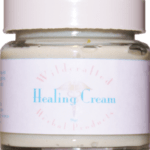
Wildcrafted's Healing Cream
Treats minor skin injuries, cuts and bruises
Read more...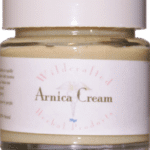
Wildcrafted's Arnica Cream
Helps to rapidly clear bruising and swelling
Read more...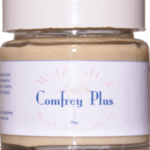
Wildcrafted's Comfrey Plus Cream
Treats traumatic injury to nerves, joints, bone, muscles and more
Read more...The 5 Elements (Phases): Spring/Wood
by Danny T. Siegenthaler
The Wood element embodies the energy of beginnings. It represents the nascent, upward-moving force that emerges from the stillness of winter, pushing through the soil to seek the light. This vigorous, assertive energy is known as
Lesser Yang within the broader philosophical framework of Yin/Yang, symbolising the initial, expansive phase of life. It is the force that imbues us with vision, fuelling our dreams and aspirations and giving us the determination to venture into the unknown. The Wood element is the spirit of a pioneer—a natural leader who is not only driven by purpose but possesses the foresight to see the big picture and devise innovative strategies.
The strength of the Wood element is found in its paradoxical duality: the combination of strength and flexibility. Like the mighty trunk of a tree, it provides the steadfast support needed for our dreams to take root and flourish. At the same time, it possesses the remarkable resilience of a supple bamboo stalk, which can bend in a storm without breaking, a quality revered in traditional Chinese culture as a symbol of integrity and endurance.
The individual who embodies this element’s balanced nature is grounded in their purpose yet adaptable enough to navigate life’s inevitable challenges. The visionary pioneer who is overly rigid or unyielding may fail, while the one who embraces flexibility and perseverance is far more likely to succeed. This balance allows the energy of the Wood element to remain a source of strength rather than stress, guiding a person toward sustainable growth and true purpose.
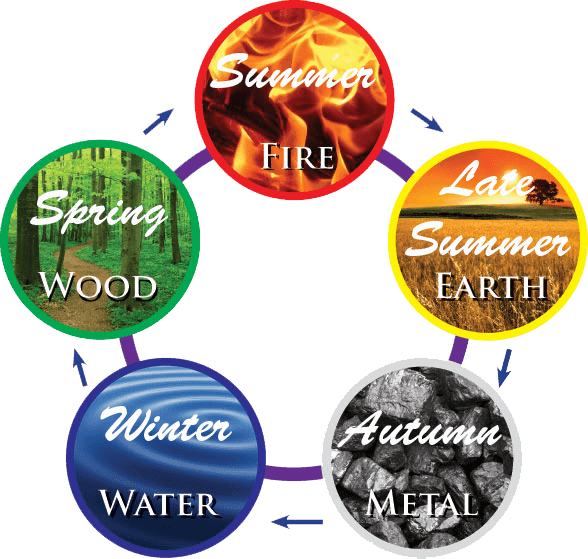
The functions of the Liver in TCM include:
It stores Blood
It ensures the smooth flow of Qi
It controls the sinews
It manifests in the nails
It opens into the eyes
It controls tears
It houses the Ethereal Soul
It is affected by anger
The principles of the 5 Elements suggest that the elements do not exist in isolation but are deeply interwoven with all phenomena, creating a rich tapestry of correspondences that reveal the universe’s underlying patterns. Understanding these associations provides a deeper insight into the philosophical meaning of each phase. The Wood element, as the energy of spring, has a specific set of correlations that resonate with its core nature.
For the sake of completeness, I have also included the other four elements and their correspondences.
ELEMENT | WOOD | FIRE | EARTH | METAL | WATER |
DYNAMIC | Potential activity | Actual activity | Undifferentiated world of possibility | Potential result | Completion of activity |
YIN-YANG | Young Yang | Mature Yang | Balance | Young Yin | Mature Yin |
DEVELOPMENT | Germination | Growth | Ripening | Harvest | Storage, Seed |
SEASON | Spring | Summer | Late Summer, Monsoon | Autumn | Winter |
CLIMATE/PATHOGEN | Wind | Heat | Damp | Dryness | Cold |
VISCUS (Yin or SOLID ORGAN) | Liver | Heart | Spleen | Lung | Kidney |
BOWEL (Yang or HOLLOW ORGAN) | Gallbladder | Small Intestine | Stomach | Large Intestine | Urinary Bladder |
EMOTIONAL QUALITY | Self-assertion, Righteous indignation | Joy, Enthusiasm | Orderliness | Instincts, Drive towards survival | Will, Drive |
PATHOLOGICAL EMOTION | Anger | Over-excitement | Obsession, Worry | Sadness, Grief | Fear, Timidity |
HUMAN QUALITY | Planning, Decision making | Clarity of Consciousness | Ideas, Inspiration, Understand, Focus of attention, Working memory | Taking in, Holding on & Letting go | Long term memory, Concentration |
TISSUE | Tendons and Nail | Blood and Blood vessels | Muscle, Fat | Skin and Body hair | Bones and Marrow |
SENSE ORGAN | Eyes, Vision | Tongue, Speech | Mouth, Taste | Nose, Smell, Touch | Ears, Hearing |
FLUID | Tears | Sweat | Watery saliva | Nasal mucus | Mucoid saliva |
SOUND (OR TONE OF VOICE) | Shouting | Laughing | Singing | Crying | Groaning |
COLOUR | Green | Red | Yellow | White | Blue, Black |
INJURED BY EXCESSIVE | Walking | Staring | Sitting | Lying | Standing |
FLAVOUR | Sour | Bitter | Sweet | Pungent (Spicy) | Salt |
WESTERN MEDICAL CORRESPONDENCE | Hepatobiliary system, Emotion and Stress-related disorders | Cardiovascular system, Brain and Psyche | Digestive system including Pancreas | Respiratory system | HPA axis, HPG axis, Urogenital system, Congential disorders |
The philosophical underpinnings of these correspondences reveal a greater wisdom. The East is the direction of the rising sun and new life, perfectly aligning with the element of rebirth and dawn. Green is the color of new growth, vibrant foliage, and the verdant natural world. The climate of Wood is wind, a force that spreads seeds and awakens dormant life, symbolising change and renewal. These connections demonstrate how the principles of the Wood element are mirrored throughout nature and the human experience, providing a clear map for understanding its pervasive influence.
Typical Presentation of Liver Disfunction in Patients
A very large portion of patients present with Liver dis-harmonies in Chinese medicine clinics. These are often women with either pre-mentrual or menstrual disorders or both. PMS is a result of the smooth flowing Qi getting obstructed (or stuck) which then causes symptoms of pain premenstrually, mood swings, etc.
Similarly, when the Qi of the Liver gets stuck it can adversely affect the Stomach, causing a sense of fullness and often hunger. “I get a lump in my Stomach, especially when I get anxious or angry…” is a common comment made by patients that have a Liver-disharmony.
Signs of Liver Qi Stagnation include:
- Distention and pain in the chest and hypochondriac region – Regions coursed by the Liver channels
- Frequent sighing – Releasing Stagnant Qi in the chest
- Depression, moodiness, melancholy, unhappiness, and a general tense feeling – Flow of Liver Qi affecting the emotions or vice versa
- Sensation of a lump in the throat with trouble swallowing – Internal branch of the Liver channel ascends along the neck and throat
- nausea, vomiting, epigastric pain, reduced appetite, sour reflux, belching, awareness of pulsating (abdominal aorta) in the epigastric region, a sensation of the Stomach churning – Liver invading the Stomach
- Abdominal distention, borborygmus, diarrhoea – Liver invading the Spleen
- Alternating Constipation and Diarrhoea, irregular elimination – Liver Qi stagnating in the Intestines
- Irregular menstruation, dysmenorrhea, premenstrual breast tenderness, PMS – Liver channel is closely associated with menstruation
If the Liver Qi is stuck for an extended period of time, the Liver Blood will also become stuck, which can cause symptoms such as:
- Dysmenorrhea, irregular periods, dark and clotted menstrual blood
- Fixed and stabbing abdominal pain, abdominal masses (e.g.: fibroids, ovarian cysts, etc.), fixed, not movable
- Epistaxis (nose bleeds) or vomiting of Blood
Many of these imbalances are a result of ongoing physical and/or mental stress. This is so clearly obvious during the Look-Downs we experienced in Australia as a result of the Covid. Naturally, there are other factors that come into play, however, the free-flowing of the Liver Qi is extremely important and plays a vital role in the maintenance of good physical and mental health.
As you can see, the Liver is a very important organ and it plays a major role in the body’s overall health and wellbeing.
Did You Know?
Did You Know?
Did you know Octopuses have three hearts: and blue blood, which is rich in copper.
Did you know Polar bears have black skin: and translucent, colourless fur, which absorbs heat/
Did you know Flamingos are naturally white; their pink color comes from the food they eat.
Did you know Sloths have extremely slow digestion, with some taking up to a month to digest a single leaf.
Did You Know?
Did you know Koalas have fingerprints: that are remarkably similar to human fingerprints.
Did you know A tiger's skin is striped, matching the patterns on its fur
Did you know Butterflies taste with their feet: to find the right plants to lay eggs on
Did you know Slugs have four noses, rather than the two humans typically have.
We hope you enjoyed our latest Edition of The Health & Wellness Magazine. We are always open to constructive feedback and ideas for future articles. If you have a particular topic you would like us to cover relating to yoga, alternative medicine, meditation, etc., please let us know and we will include it in an up coming Magazine
Namaste.

